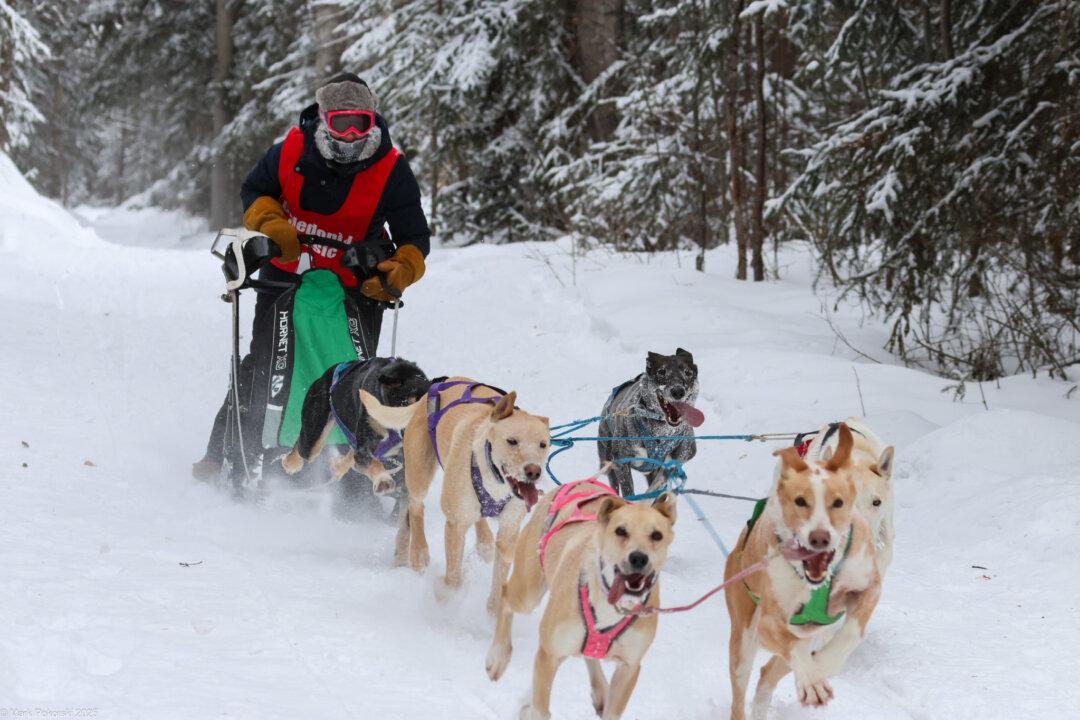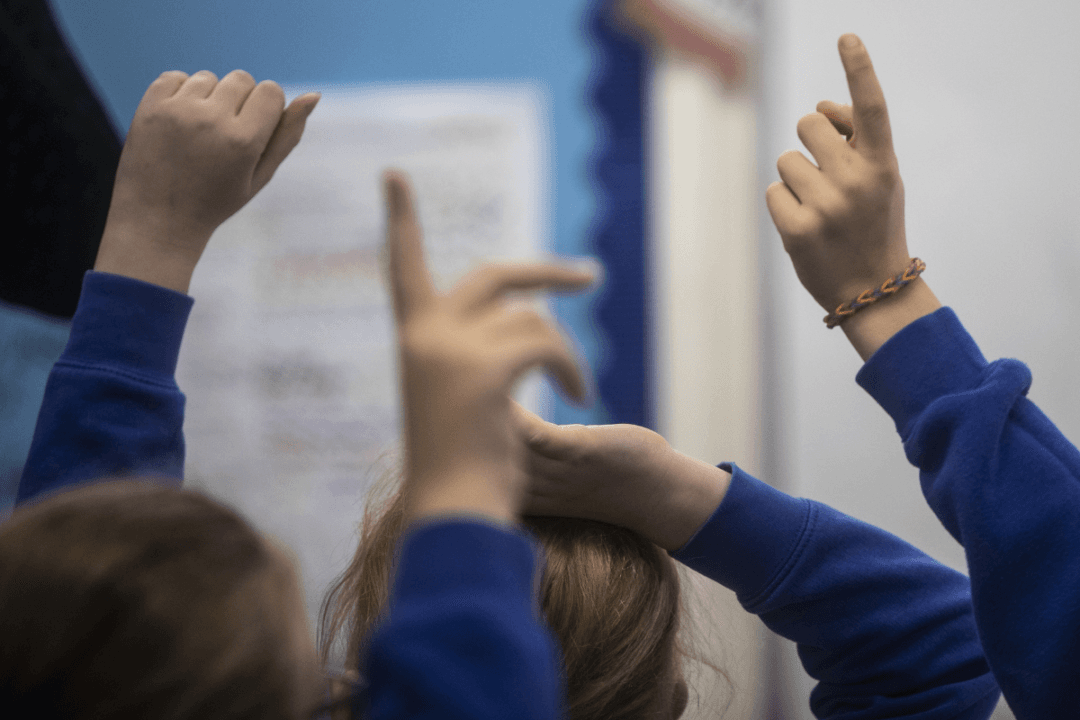A provincewide fire ban has been lifted in Saskatchewan because of recent rain and cooler weather. However, that doesn’t mean the province is out of the woods.
“Some municipalities and provincial parks continue to experience a high fire risk in the north, as the area north of the Churchill River did not get widespread rains,” said Marlo Pritchard, Saskatchewan Public Safety Agency (SPSA) president. He told a news conference that means some northern communities will continue with local fire bans, depending on the situation.





